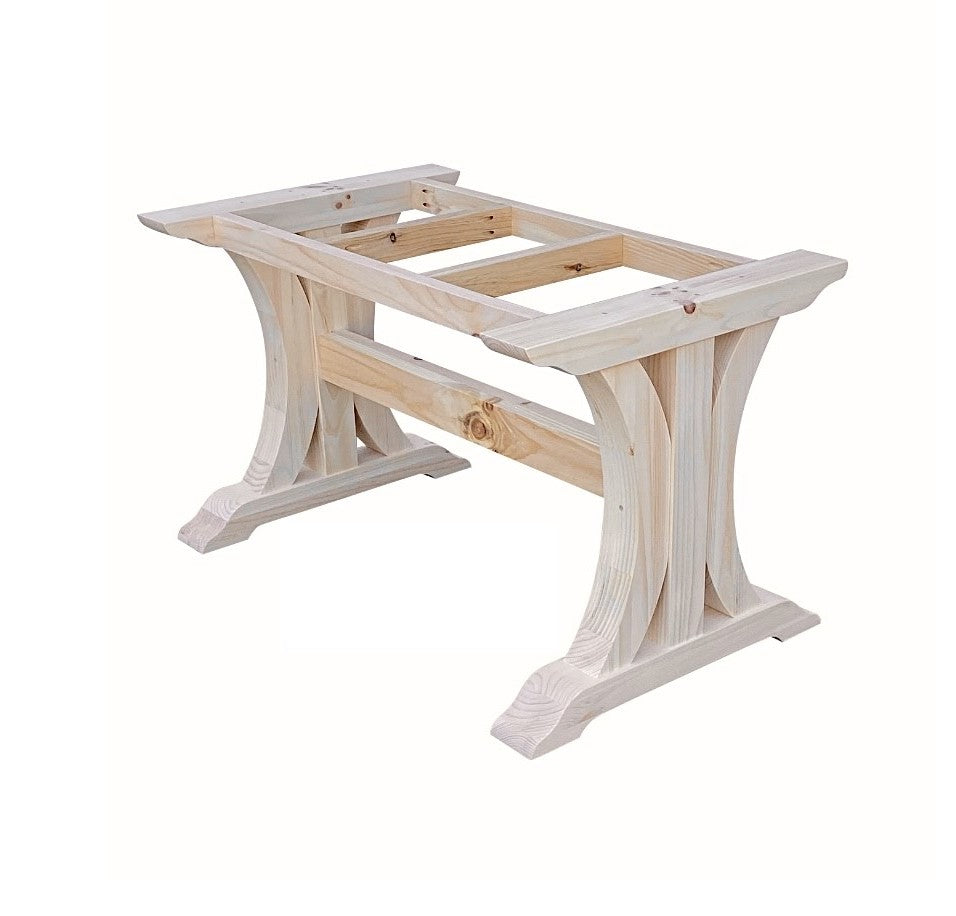The Top Trends in Dining Room Table Legs You Need to Know
The Top Trends in Dining Room Table Legs You Need to Know
Blog Article
From Conventional to Modern: Find the Suitable Dining Space Table Legs for Your Style
While timeless layouts such as cabriole and transformed legs stimulate a sense of ageless elegance, modern styles like barrette and geometric alternatives offer a chance for striking visual interest. As you consider these aspects, the question stays: just how can you seamlessly integrate these varied leg styles to create an unified dining experience?
Recognizing Table Leg Styles
The variety of eating area table leg styles can substantially influence both the aesthetic appeals and functionality of the room. Each leg style contributes one-of-a-kind aesthetic components and useful functions, providing to varied style preferences and usage demands. Comprehending these designs is important for picking the right eating table that straightens with your general interior decoration vision.
As an example, conical legs provide a clean, classic appearance that can improve an area's style, while stand bases give stability and maximize legroom, making them suitable for smaller rooms. Hairpin legs, a characteristic of mid-century modern style, present a commercial style, permitting a ventilated, open feel. Trestle legs stimulate rustic appeal, giving durable support and a feeling of timelessness.
Wooden legs can bring heat and appearance, whereas steel choices often share a streamlined, modern ambiance. Inevitably, recognizing table leg designs is essential for creating a natural dining area that reflects personal style while making certain functionality and convenience.
Typical Table Leg Options
When selecting dining area table legs, standard alternatives commonly personify ageless style and workmanship. These styles show a rich heritage and a dedication to high quality, making them suitable for those that value traditional visual appeals.
One of one of the most renowned conventional leg styles is the cabriole leg, identified by its graceful curved form. This layout typically includes attractive makings and is most frequently located in Queen Anne and Chippendale furniture. An additional prominent option is the turned leg, which flaunts a collection of smooth, rounded forms that provide a traditional look while preserving stability.
Additionally, the straight leg, while basic, provides a tough and basic framework that can mix perfectly with a variety of tabletop designs. For those attracted to ornate detailing, claw-and-ball feet legs stimulate a sense of magnificence and can act as a sensational prime focus in any kind of eating space.
Finally, stand bases, although not purely legs, give an alternate conventional option that enables sufficient legroom and can be wonderfully carved. Each of these standard leg designs adds to the overall atmosphere of a dining-room, marrying function with visual allure.

Modern Table Leg Designs
Modern table leg designs supply a diverse range of designs that emphasize innovative products and tidy lines. These styles usually prioritize functionality while working as striking centerpieces within a dining space. Minimal visual appeals are common, with legs crafted from products such as steel, glass, and crafted wood, which add to a ventilated and contemporary feeling.
One preferred style is the barrette leg, defined by its slender, tapered framework that supplies security without overwhelming the tabletop (dining room table legs). This style is often discovered in mid-century contemporary furnishings and can easily enhance various eating table shapes. One more trend is using geometric shapes, where legs might tackle unbalanced or angular kinds, including visual interest and a touch of artistry

Mixing Designs for One-of-a-kind Rooms
Usually, house owners seek to create distinct dining spaces that mirror their individual style by mixing various style components. This method enables the incorporation of diverse appearances, leading to a harmonious yet distinct atmosphere. For example, matching a rustic wood table with streamlined, modern steel legs can create a distinctive contrast that raises the room's general appeal.
Additionally, incorporating vintage table legs with modern table tops can stimulate a sense of history while keeping a modern-day sensibility. Such mixes not just display private taste however likewise encourage creativity, enabling home owners to curate an area that feels both individual and welcoming.
Color plays a critical duty in this blending procedure; choosing table legs that match or comparison with the existing shade scheme can enhance aesthetic passion. As an example, whitewashed legs can soften the daring of a dark table surface, creating a balanced visual.
Tips for Selecting the Right Legs
Choosing the right table legs is crucial for attaining both capability and aesthetic charm in your dining room. Begin by thinking about the total style of your space. Conventional settings gain from legs that feature elaborate makings or turned layouts, while modern rooms might call for streamlined, minimal designs.
Following, evaluate the elevation and stability of the legs. dining room blog table legs. Conventional eating tables range between 28 to 30 inches in height, so make sure the legs enhance this dimension for convenience. In addition, robust materials, such as hardwood or steel, can improve security and durability
Review the leg shape too-- choices include directly, tapered, or pedestal layouts. Straight legs offer a traditional look, while conical legs can include a touch of elegance. Pedestal bases offer sufficient legroom and are ideal for smaller spaces.
Conclusion
In recap, choosing the optimal dining room table legs requires careful factor to consider of both conventional and modern-day designs. By harmonizing leg design, elevation, and product with the total decor, a natural and welcoming ambience can be attained.
The range of dining room table leg styles can dramatically influence both visit the aesthetics and capability of the space. Ultimately, understanding table leg designs is important for producing a natural eating location that mirrors individual design while making certain functionality and convenience.One of the most legendary conventional leg styles is the cabriole leg, characterized by its stylish bent form. Straight legs supply a timeless look, while tapered legs can add a touch of sophistication.In recap, selecting the excellent dining area table legs requires careful consideration of both modern and typical styles.
Report this page